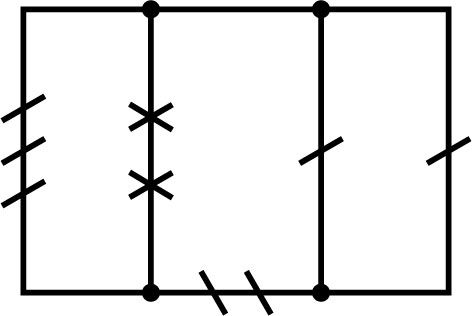User talk:Knotopologynn
From Knot Atlas
Jump to navigationJump to search
Thanks and Comments!
Dear User:Knotopologynn,
Thanks for your contributions to the Knot Atlas! The presentations, such as
are quite nice, and the corresponding graphs,
are intriguing.
Though I would like to make a number of suggestions for improvement.
- There should be a single wiki page explaining those presentations and graphs, and there should be a link to it from every knot page, near where the presentations/graphs are displayed. Compare, say, with the page for DT (Dowker-Thistlethwaite) Codes, and note that there is a link to it from the appropriate place in every knot page. The new wiki page that I suggest should give a name to what you do (what are these presentations called?), define the presentations and their graphs, answer a few basic questions (Does every knot have a presentation like these? Are these presentations unique? Minimal? "Best" in any other sense?), and perhaps provide some references.
- In general, once an invariant or a presentation is available for every or almost every knot, it should be inserted using master templates (see Modifying_Knot_Pages#Intermediate_Mode_Editing:_Modifying_Templates) rather than by editing individual "notes" sections such as Notes_on_presentations_of_9_42. If you insert your information via the master templates it is much easier to make global changes to it (changes that apply to all knots) later on.
- In general in the Knot Atlas we aim that every piece of information (be it an invariant or a picture) would come with the computer program that computed/created it, and in the case of pictures, would also come in a computer-readable symbolic form. That's one of the main points of the package KnotTheory`! Programs allow others to compute/draw knots that are not in the atlas, and symbolic forms allow presentations to be the seed for further computations. So it will be wonderful if you'd be able to post programs/databases.
- I like the way one type of crossings on your graphs is marked by diagonal lines (/), but then, the natural way to denote the other type of crossings would be by the opposite diagonal lines (\), not by crosses (X).
If you are interested in implementing any of my suggestions and you need help or further discussion, please let me know!
Thanks again,
--Drorbn 19:15, 15 January 2008 (EST)

